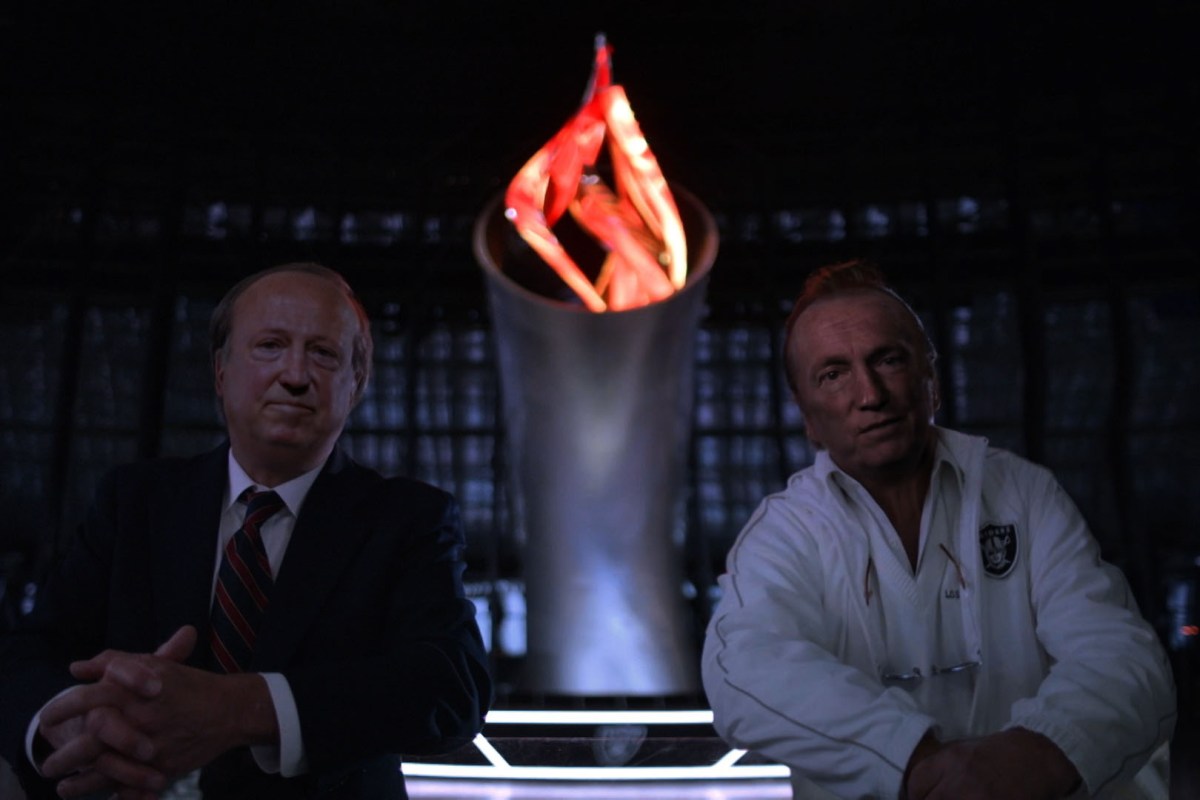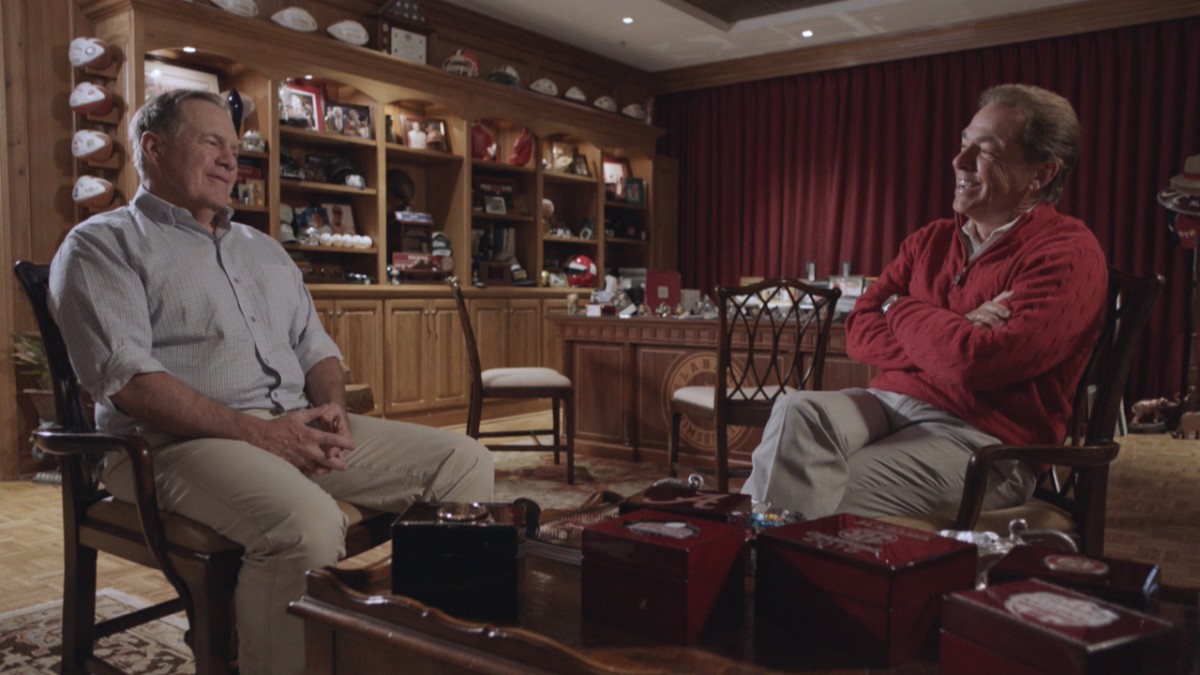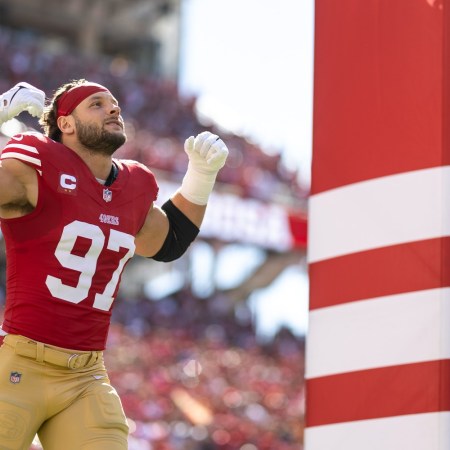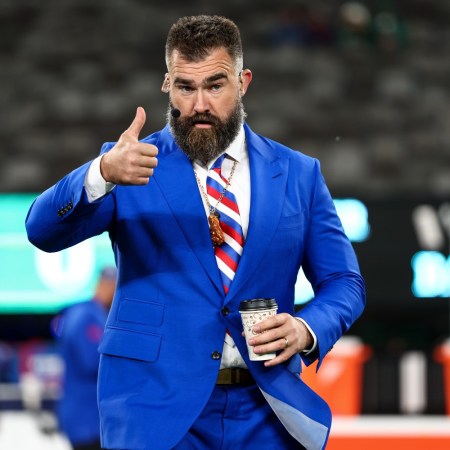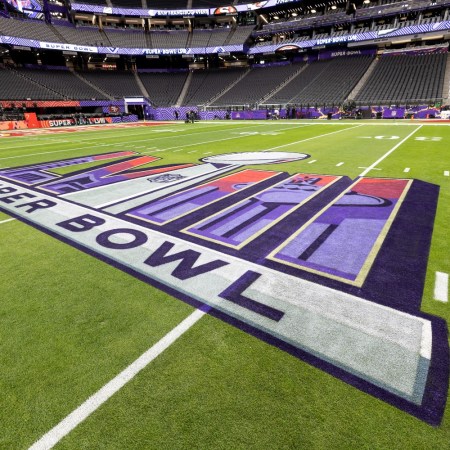Started in 1966 over who deserved the credit for the momentous NFL-AFL merger, the feud between Commissioners Pete Rozelle (NFL) and Al Davis (AFL) spanned decades and involved battles on the field, clashes in court and a constant war of words. And just as it was with the Montagues and Capulets, their vendetta didn’t end until a death: Rozelle’s, from brain cancer, in 1996.
The period in the middle is the majority of the subject matter in Al Davis vs. The NFL, the latest installment of ESPN’s Emmy award-winning 30 for 30 documentary series. Debuting on February 4, the film uses archival footage, old interviews and videos from ESPN’s library of coverage to document the bitter rivals’ three-decade battle in the national spotlight.
“Al Davis has always been at the top of the list as one of the greatest characters in sports history, let alone NFL history,” director Ken Rodgers, a 12-time Emmy Award-winning filmmaker for NFL Films, tells InsideHook. “He’s a magnificent character, not just in his deeds, but in his personality. Every time he’s on-screen, you can’t look away. And Pete Rozelle is the greatest commissioner of any sport in American history, in my opinion, and built the juggernaut the NFL is today through his foresight.”
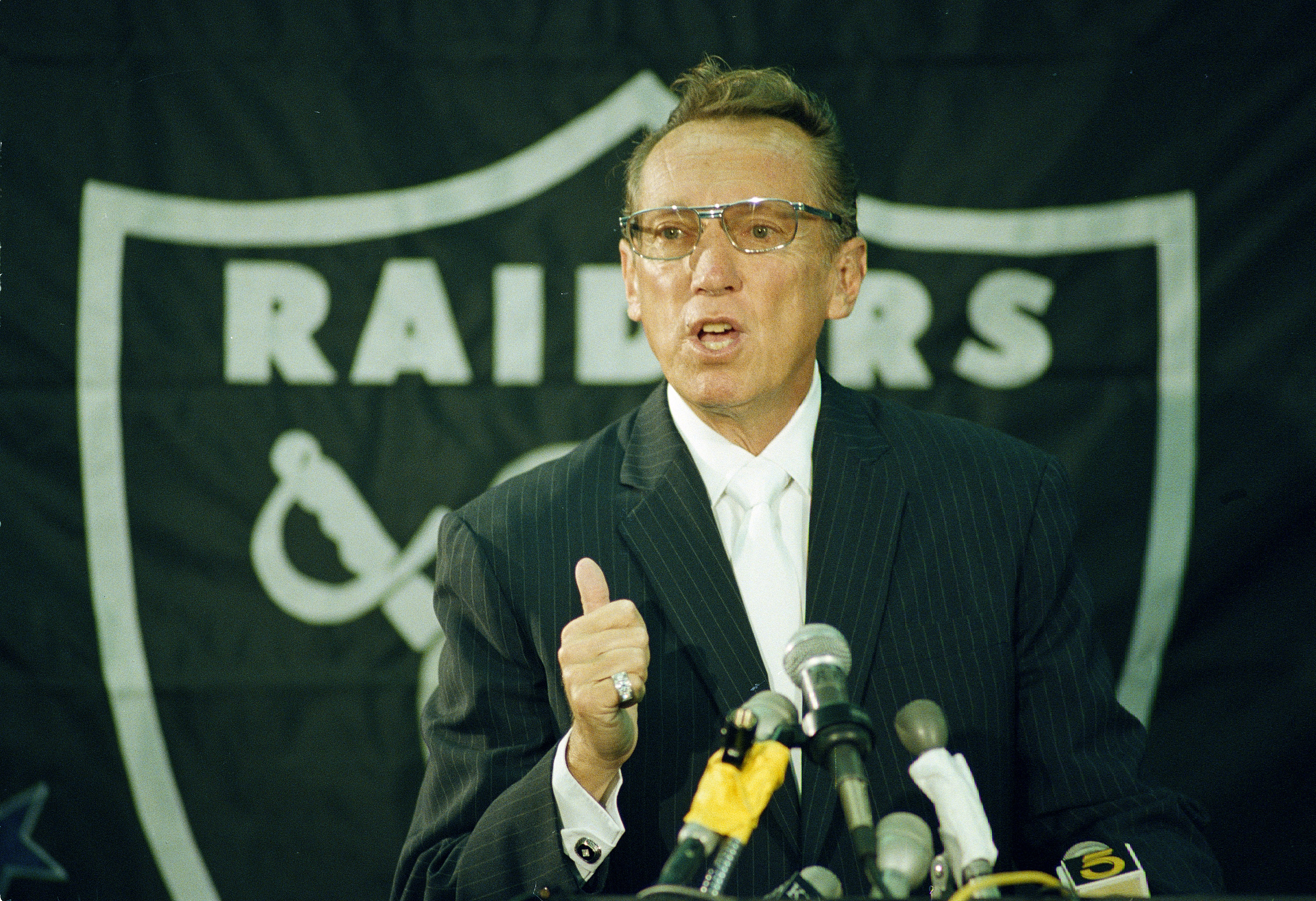
Given that Rozelle and Davis (who died in 2011) were both Shakespearean-level characters, Rodgers and his team decided to use deepfake digital technology and a pair of veteran voice impersonators to recreate the two men for the documentary and let them the tale of their feud for themselves.
“One of the first questions you ask yourself as a documentarian is from whose point of view is the story being told,” Rodgers, who has worked on HBO’s Hard Knocks and four previous 30 for 30 films for ESPN, says. “We decided pretty early we didn’t want to hear from secondary characters or tertiary points of view about this relationship. We only wanted to hear from Davis and Rozelle. These are two great characters. Why hear from anyone else?”
To create the digital recreation of Rozelle and Davis, Rodgers directed stand-ins who’d been outfitted with prosthetics to match their hair and body type. Then, using the sort of technological wizardry that Scorsese used to de-age Robert DeNiro, a deepfake artist named Eshamook outfitted them with digital masks that matched the faces of Rozelle and Davis.
“It’s sort of like being in The Matrix. You meet a guy online called Eshamook who will do your deepfake for you,” Rodgers says. “He ingested dozens of hours of footage of Davis and Rozelle to create an artificial intelligence program of their faces so that he could put a mask on top of our stand-ins. Wherever our stand-ins’ faces moved and whatever they said, it would be replaced with the face of Davis or Rozelle’s face. That’s how we had the likenesses of Al and Pete come to life. The dialogue was written by our producers and myself. The voices were by impressionists Josh and Mark Thompson. The bodies are our stand-ins and the faces are by Eshamook. If you add them all together, that’s what you’re looking at. Both are an amalgamation of many people.”
To ensure the dialogue rang as true to Davis and Rozelle as Eshamook’s deepfake faces, Rodgers and the film’s producers did extensive research to make sure both men sounded authentic.
“It was very much based on what they said at the time. It had to be said the way they said things in the ’80s and in the ’90s,” Rodgers said. “Davis wouldn’t call people like Rozelle politicians. He would call them the politicos. You really wanted to use words like that to make it feel genuine and be true to the characters. You did not want it to be in the voice of a neutral narrator. There was a lot of focus on transcripts of interviews NFL Films and other entities to make sure that their voices were heard — not just their words.”
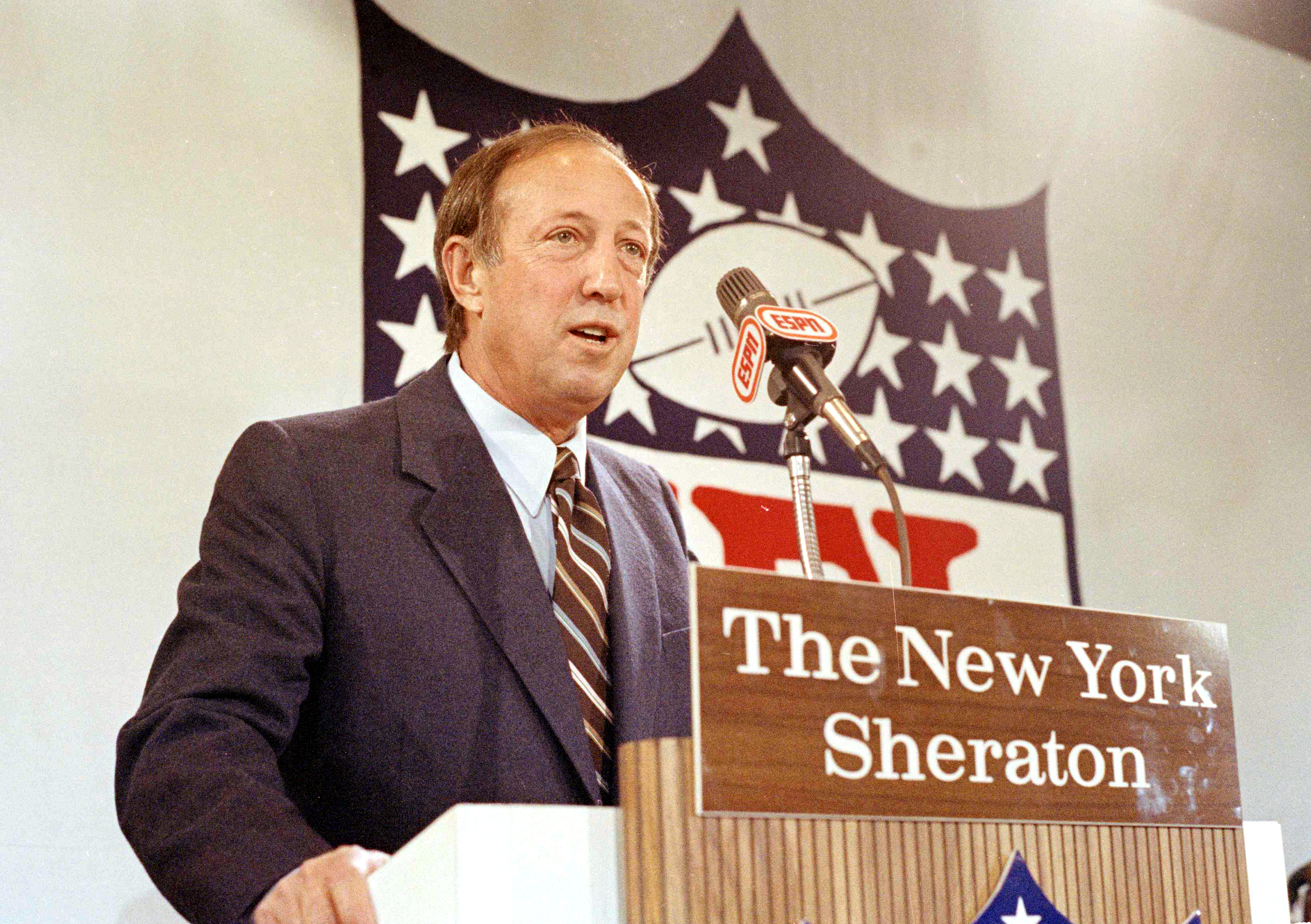
To make those words as impactful as possible but also make it clear Davis and Rozelle were fictional portrayals, Rodgers and his team chose to portray the two men as spirits wandering around the location where the Raiders just completed their inaugural season in Las Vegas: Allegiant Stadium. That state-of-the-art setting was also chosen because it symbolizes a major sticking point in the relationship between the subjects of the film, according to Rodgers.
“Allegiant Stadium represents the end of their war, because the next generation of them, Al’s son Mark Davis and current NFL commissioner Roger Goodell, found a way to solve the problem Al and Pete could never solve a new stadium for the Raiders. Commissioner Goodell and Mark Davis sought an easier way to work together, and I think there’s a sense on both sides that there was a lesson learned in what not to do. It ended up working magnificently and Al Davis’s vision came true. This film tells the story of the war, but it also shows the end of that war with the building of the stadium. We took a leap and theorized Al and Pete might stand next to each other and agree to disagree on the past and move on with the present. If they’re still with us, the spirits of these two men are hopefully feeling a sense of peace and forgiveness.”
Al Davis vs. The NFL will premiere on February 4 at 9 p.m. ET on ESPN and will be available on ESPN+ immediately afterward.
Whether you’re looking to get into shape, or just get out of a funk, The Charge has got you covered. Sign up for our new wellness newsletter today.
